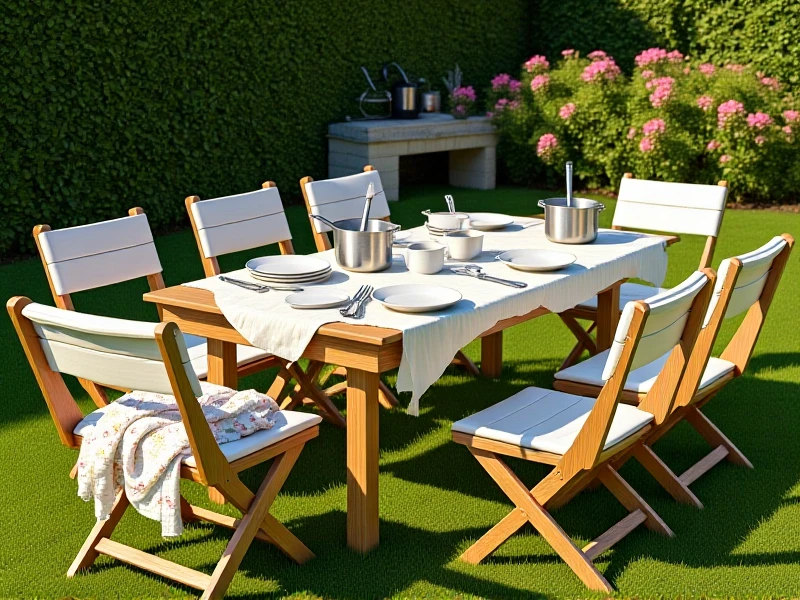The Ultimate Guide to Choosing the Perfect Pots for Your Home

Okay, here is an SEO-friendly article focusing on "Pots," written in English and crafted to sound natural, not AI-generated. It's structured for readability and keyword relevance.
Whether you're a seasoned plant parent or just starting your green journey, selecting the right pots is fundamental for the health and aesthetics of your indoor and outdoor greenery. Pots are more than just containers; they are integral elements of your decor, impacting plant growth, watering routines, and overall visual harmony. Understanding the key factors in choosing pots will ensure your plants thrive and your space looks stunning.
Size Matters in Pots
One of the most common mistakes is choosing a pot solely based on what looks good above the soil. Prioritize the root system's needs. A pot that's too small will quickly become rootbound, stunting growth and requiring frequent watering. Conversely, an oversized pot can lead to waterlogged soil around the roots, causing root rot. As a rule of thumb, pots should allow the roots some room to spread and be large enough to hold sufficient soil to support the plant's moisture needs. When transplanting, opt for a pot only 1-2 inches larger in diameter than the current one.
Material Choices: More Than Just Looks
The material of your pots significantly influences moisture retention, weight, and durability:
- Terracotta/Clay Pots: Highly breathable, allowing air and water to pass through the walls. This prevents soil compaction and root suffocation but means the soil dries out much faster – perfect for succulents and cacti, demanding for thirsty plants. Pots made of clay are heavy, stable, and offer a classic aesthetic.
- Ceramic/Glazed Pots: Often beautiful and decorative. Glazing reduces breathability and water loss, keeping soil moist for longer. Excellent for moisture-loving plants like ferns but requires careful watering to avoid soggy roots. Heavier than plastic but generally lighter than unglazed terracotta.
- Plastic Pots: Lightweight, affordable, and retain moisture exceptionally well. Ideal for large plants needing portability, high-humidity plants, and areas where breakage is a concern. Choose recycled plastic options for sustainability. Ensure good drainage holes, as they dry slowly.
- Fiberglass/Metal/Wood Pots: Offer unique styles. Fiberglass is lightweight and durable. Metal pots can get very hot (potential root burn) and often need inner liners. Wood pots look natural but require treatment for rot resistance and often a plastic liner.
Drainage: The Non-Negotiable for Healthy Pots
Regardless of material or size, drainage holes are crucial. Pots absolutely require holes at the bottom to allow excess water to escape. Without it, water accumulates, causing roots to rot and plants to decline rapidly. If you find a decorative pot without holes, it's best used as a "cache pot" – place your functional, draining plastic nursery pot inside it. Always empty drained water from saucers or cache pots promptly.
Beyond Function: Elevating Style with Pots
Once the functional aspects are covered, consider the style! Pots provide a huge opportunity to express your personal aesthetic. Mix textures, heights, and colors for visual interest. Group similar pots or varied styles for an eclectic look. Ensure the style and color of your pots complement both your plants and your interior or exterior decor scheme.
Choosing the right pots involves balancing plant health needs with your personal style and practical aspects like weight and placement. By considering size, material, drainage, and design, you'll find beautiful, functional pots that make both your plants and your space flourish. What's your favorite type of pots to use on your patio or windowsill?